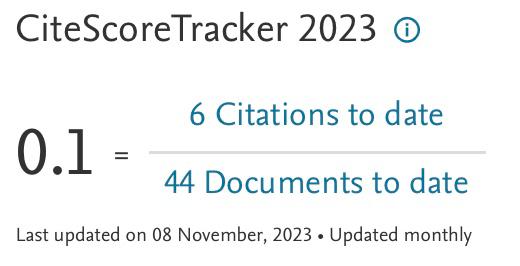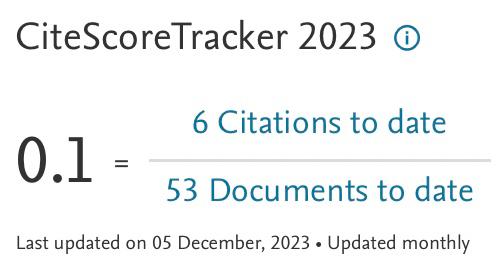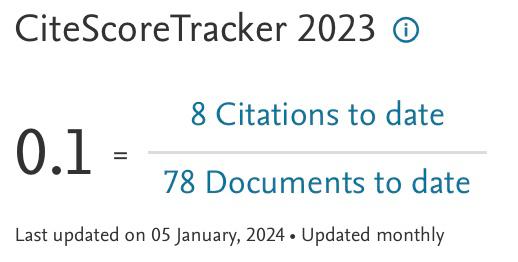Performance Evaluation of RC Structures using Next- Generation Performance-Based Seismic Assessment Procedures
DOI:
https://doi.org/10.37934/aram.126.1.3348Keywords:
Performance-based seismic evaluation, Performance-based seismic assessment, correlation of damage index, example MRF, damage indices, integrate structural damagesAbstract
Seismic forces have wreaked havoc on buildings around the world, resulting in both property damage and human deaths. Reinforced concrete structures under cyclic loading cannot be predicted using current methods, according to relevant design codes. Code-based seismic design procedures have been replaced by performance-based design procedures (PBSD). PBSD describes a building's overall performance by taking into account its structural and non-structural performance categories. Immediate occupancy, life safety, and collapse prevention are the three types of damage that can be encountered in a construction site. They are ranked based on the amount of damage, downtime, and casualties they inflict. Although these procedures can detect damage, they are unable to assign a numerical value to the seriousness of the damage. The use of damage indices, which are based on structural and response-based parameters, has been proposed by many researchers in the past. The objective of current research is an attempt to summarise all of these efforts and identify grey areas for further investigation. Numerical approaches to integrate structural damages with various PBSD performance levels have been proposed.






















